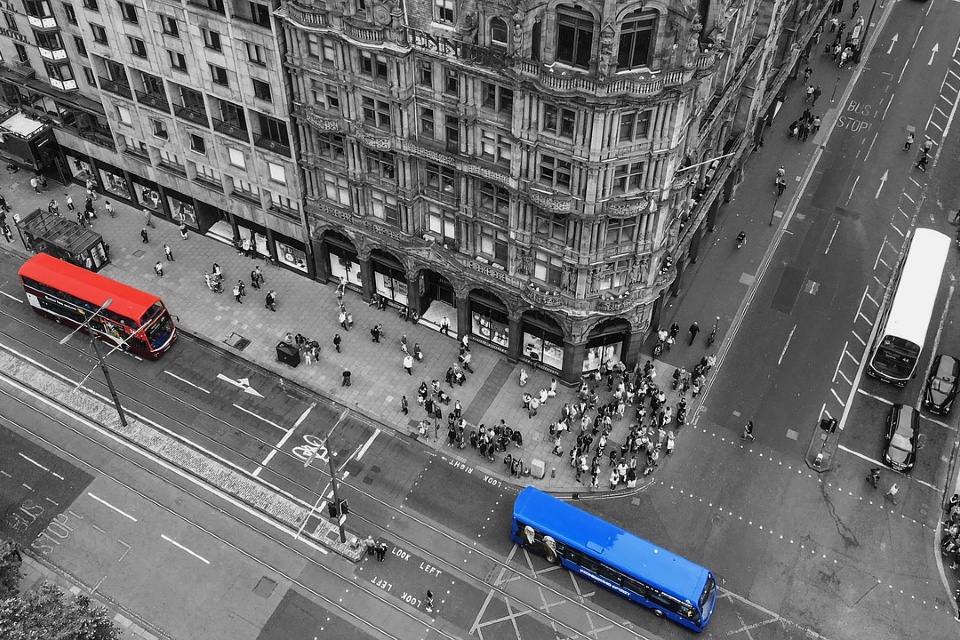The Law Commission weighs in on automated vehicles debate

The Law Commission of England and Wales and the Scottish Law Commission have published a joint report that makes recommendations for what they call ‘the safe and responsible introduction of self-driving vehicles’. The report recommends introducing a new Automated Vehicles Act, drawing a clear distinction between features which just assist drivers, such as adaptive cruise […]
Are British roads capable of catering for autonomous vehicles?

This year, the UK became the first country to allow self-driving cars on motorways at low speed. The country is making incredible progress in the trials for autonomous vehicles and is funding innovative projects that will pave the way towards the transport revolution. Technological advancements in terms of AVs are at the forefront of this […]
Ford and Hermes partner on autonomous delivery vehicles

Ford has announced a new Self-Driving Vehicle Research Programme designed to help businesses in Europe understand how autonomous vehicles can benefit their operations. Hermes is the first business to partner with Ford on the programme. Using a customised Ford commercial vehicle, the research aims to better understand how other road users would interact with an […]


